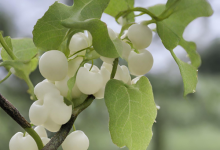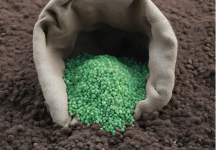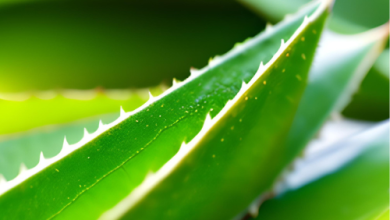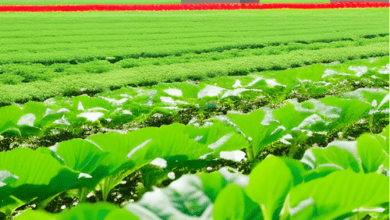Cape Gooseberry Production And Its Wonderful Advantages
Peruvian groundcherry: The fruit of the Cape gooseberry, which is a little plant, has a thin covering. It is referred to by several names, including “Makoy,” “Chirpoti,” and “Patpotni.” It is similar to sherbet in Rajasthan. People consume the fruits of this plant, which are beneficial to human health.
There are several health advantages to this fruit. Because it spreads quickly and interferes with other plants that farmers are attempting to produce, the Cape Gooseberry plant may be a significant issue for farmers.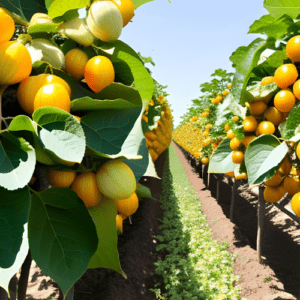
Physical characteristics
Although the Cape Gooseberry is a perennial plant, there are certain locations where it only blooms once a year. The margins of its delicate, heart-shaped leaves are toothless. The blooms have five petals that are adhered together with a bract on them. They are a lovely golden hue and resemble bells. The fruit of the plant also has a distinctive bag-like covering around it that is packed with a luscious orange berry.
Medical Qualities
The Cape Gooseberry is a unique fruit that might be beneficial for your liver and stomach issues. It may soothe your stomach if you sip a specific beverage produced from its leaves. Additionally, it aids in the production of bile, a substance vital to digestion, in your liver. Any physical irritation may be relieved with the use of its leaves. Additionally extremely healthy for you are its leaves. They are packed with essential vitamins, minerals, and a compound called ketorin that keeps your body healthy. Hemorrhoids and arthritis may be treated by drinking a specific beverage produced from the leaves. A powder made from Cape gooseberry fruit may be used to treat coughs and other respiratory issues. Additionally, you may purchase specialized Cape gooseberry-based items that can be good for your stomach. Additionally, the leaves of the Cape Gooseberry may aid in the treatment of diabetes and vitiligo. Lastly, the fruits and leaves of the Cape Gooseberry may help lessen liver inflammation.
Requirements for soil and climate
Cape Gooseberry is a fruit that can thrive in a variety of soils and climates. It enjoys heat and requires a lot of time to produce a lot of fruits. However, since it may become ill, it cannot actually live in cold or very humid and hot temperatures. Strong winds may sometimes cause blooms to fall and fruit to fail to develop. The fruit’s aesthetic quality when sold is also influenced by temperature. Although it may grow in a range of soils, it is best to cultivate it on heavy soils if your region has a short growing season. Lots of fruit can only be grown in well-drained soil.
Species
Depending on where they reside, individuals in India cultivate many kinds of Cape gooseberries, including in Aligarh, Agra, Allahabad, Farrukhabad, Gorakhpur, Kanpur, Lucknow, and Muzaffarpur. But there isn’t just one kind of location.
Use
Cape fruits are used in a wide variety of dishes and may be either raw or cooked. They are popular ingredients to use in jams, sauces, and baked products. In Hawaii, they are even eaten with couscous and cilantro. They are used in sauces, ice cream, and yogurt in Colombia and the Andean nations. They are covered in chocolate and served as little snacks in Brazil and Europe.
Replanting a plant
Typically, cape plants are cultivated from seeds. To produce new plants that are an exact replica of the original plant, humans may sometimes additionally utilize cuttings or layering. But for the most part, seeds continue to be the primary method of growing new plants. Mid-June is when seeds are planted on specialized beds in North India. The little plants are transferred to a bigger space where they may develop after approximately a month when they have reached a height of around 20 cm. It is advisable to allow between 50 and 100 cm between each plant.
Harvesting
When the top small-cap changes from green to golden brown, the fruit is ready to be picked. While some fruits drop from the plant and must be harvested before decaying owing to moist ground, others stay on the plant for a while before becoming bad. In North India, the capes develop and reach their breaking point between the months of February and April. To ensure that they acquire every cape, people must return multiple times.

